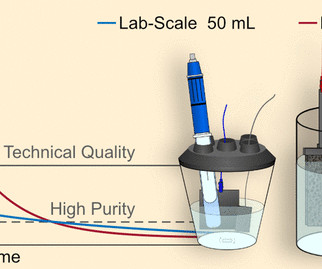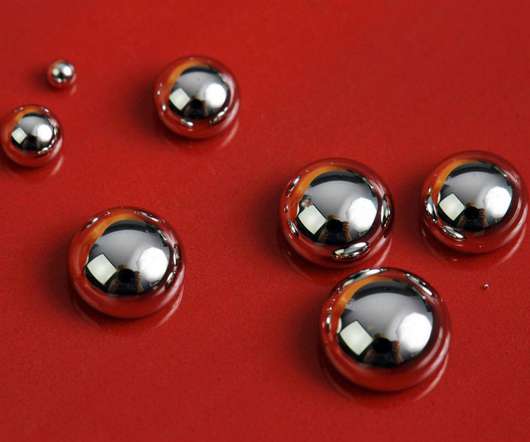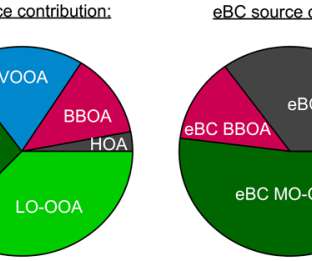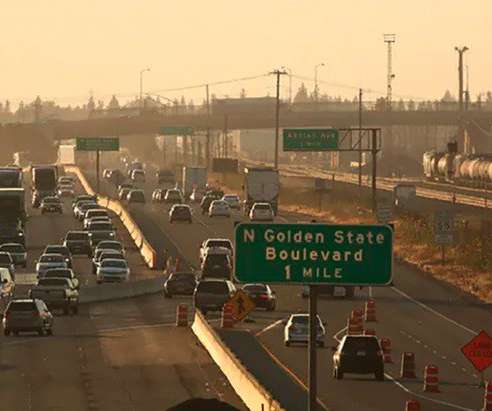Final session on international mercury convention this week expected to culminate in agreement; UNEP Global Mercury Assessment 2013 finds industrial source Hg emissions may be rising
Green Car Congress
JANUARY 13, 2013
Comparison of Hg emissions in 2005 and 2010, by selected sector and region. Unintentional emission sectors: Coal burning, ferrous- and non-ferrous (Au, Cu, Hg, Pb, Zn) metal production, cement production. Intentional-use sectors: Disposal and incineration of product waste, cremation emissions, chlor-alkali industry.































Let's personalize your content